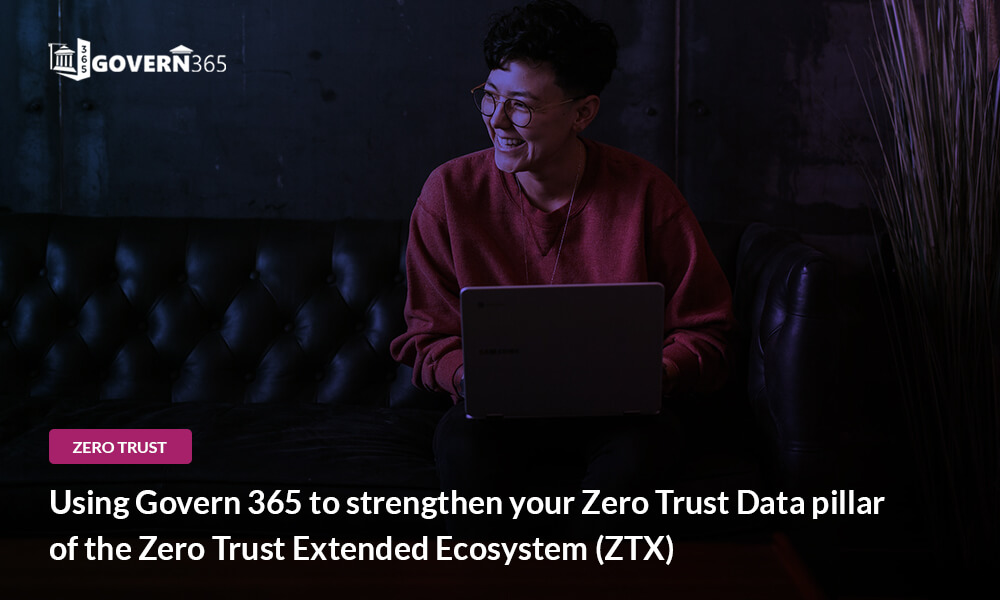TABLE OF CONTENTS
STAY CONNECTED
EXPLORE MORE
- Compliance (7)
- Data Room (29)
- Life Science (2)
- Mergers & Acquisition (1)
- News (1)
- Secure Collaboration (10)
- Self Provisioning (3)
- Uncategorized (1)
Introduction
During the last few years, Zero Trust has become the security model of choice for enterprises. This was coined by Forrester Research. Forrester has also defined the ZTX framework that helps organizations set their overall Zero Trust strategy. This framework includes the following pillars:
- Zero Trust Data
- Zero Trust Networks
- Zero Trust People
- Zero Trust Workloads
- Zero Trust Devices
- Visibility and Analytics
- Automation and Orchestration
Zero Trust Data pillar
A lot of work has been done in most of the pillars, however, the Zero Trust Data pillar has much to be desired. This is primarily because it is a hard problem and most Chief Information Security Officers (CISO) come from the world of perimeter security space. Implementing the Zero Trust Data pillar requires security officers who have extensive data and security backgrounds.
Zero Trust Data requires identifying, categorizing, securing, encrypting, and managing the data both at rest and in transit.
Microsoft has done an excellent job with Microsoft Information Protection (MIP) to help provide a solution at the enterprise level that can be implemented. We find many organizations doing pilots with MIP but struggle to take it to full production for several reasons:
- Lack of Adoption and Change Management Planning
- Unable to educate internal users on how best to classify content
- Immature Auto-classification software that prevents adoption
- Lack of appropriate resources who understand data security
- Absence of a strategy that touches on both internal and external users who will be impacted by a data protection strategy
Govern 365 addresses the auto-classification problem by providing software that allows any user to create a secure container with pre-defined security (Virtual Data Room) in Microsoft 365. This container has security pre-defined so any file that is uploaded to the container will be automatically protected using the protection applied to the container at the time of creation.
These virtual data rooms are created in your Microsoft 365 environment and provide several benefits:
- Data remains with you
- No duplication
- No additional costs as the container is Microsoft 365 container
- Industry-grade DRM technology created by Microsoft
The virtual data rooms have several features:
- Automatically protect files upon upload
- Ability to change label owner of the file
- Well defined security groups and the ability to manage them from the virtual data room
- Ability to share content internally and externally and keep them protected
Conclusion
At Netwoven, we have developed a robust framework to make your Zero Trust Data pillar implementation a success. You can reach us at [email protected] to speak with one of the experts.













